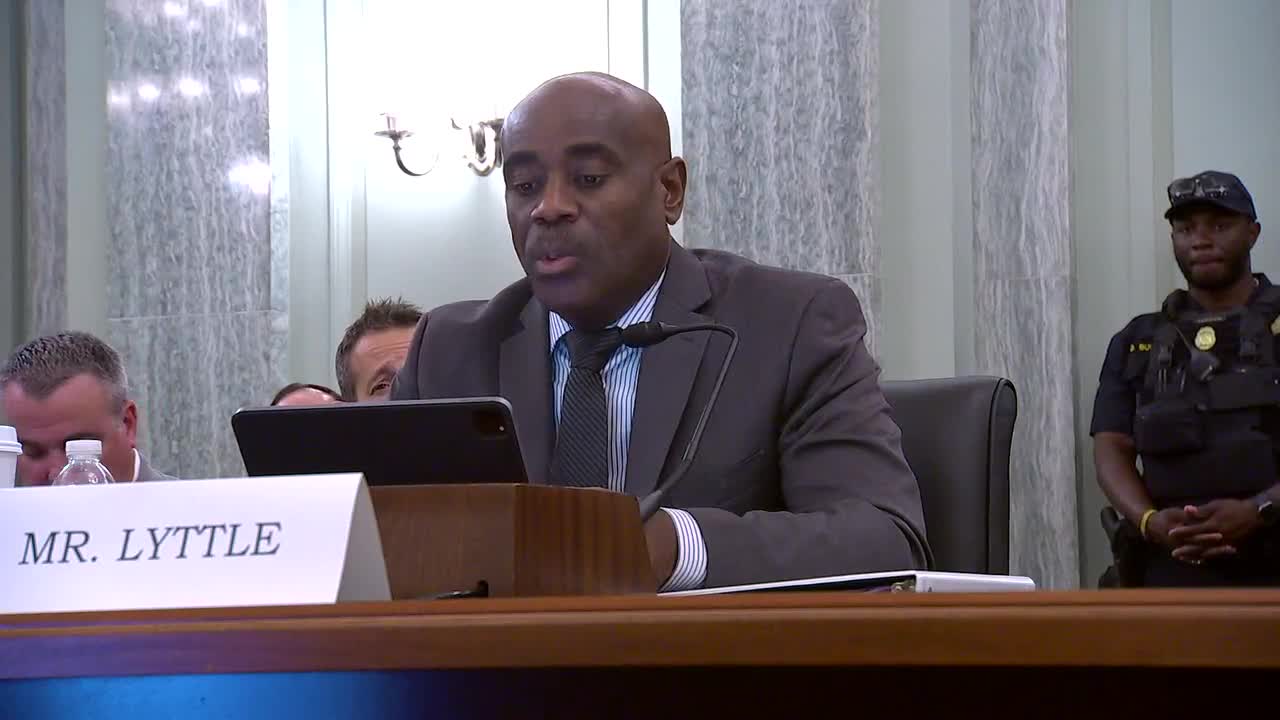Aviation industry vows to strengthen cyber defenses after attacks
September 18, 2024 | Commerce, Science, and Transportation: Senate Committee, Standing Committees - House & Senate, Congressional Hearings Compilation
This article was created by AI summarizing key points discussed. AI makes mistakes, so for full details and context, please refer to the video of the full meeting. Please report any errors so we can fix them. Report an error »

In a recent government meeting, officials discussed critical lessons learned from ongoing recovery efforts in the aviation sector, particularly in response to evolving cyber threats. The meeting highlighted the importance of enhancing cybersecurity measures, with a focus on strengthening identity management, authentication protocols, and monitoring systems to combat the adaptive tactics of cyber criminals.
Officials expressed pride in the swift actions taken to maintain airport operations during peak travel periods, emphasizing the value of collaboration with airlines, federal agencies, and airport tenants. They noted the development of effective workarounds that facilitated the movement of passengers and luggage, which will be incorporated into future emergency response strategies.
Communication emerged as a vital component of the response, with daily conference calls, text messaging, and temporary signage playing key roles in keeping stakeholders informed when technology failed. The officials underscored the necessity of having pre-planned communication strategies to ensure operational continuity during crises.
Looking ahead, the meeting stressed the goal of emerging stronger from these challenges. An internal investigation, alongside a third-party after-action report, aims to identify best practices for improving resilience, emergency preparedness, and incident response. The findings will be shared with peers across the aviation industry to foster collective learning.
John Breaillot, vice president of public policy at the National Consumers League, also addressed the committee, highlighting the significant impact of cybersecurity incidents on passengers. He urged lawmakers to ensure that consumers are not left to shoulder the financial burdens resulting from such events, calling for proactive measures to protect consumer interests in the face of ongoing cyber threats.
Officials expressed pride in the swift actions taken to maintain airport operations during peak travel periods, emphasizing the value of collaboration with airlines, federal agencies, and airport tenants. They noted the development of effective workarounds that facilitated the movement of passengers and luggage, which will be incorporated into future emergency response strategies.
Communication emerged as a vital component of the response, with daily conference calls, text messaging, and temporary signage playing key roles in keeping stakeholders informed when technology failed. The officials underscored the necessity of having pre-planned communication strategies to ensure operational continuity during crises.
Looking ahead, the meeting stressed the goal of emerging stronger from these challenges. An internal investigation, alongside a third-party after-action report, aims to identify best practices for improving resilience, emergency preparedness, and incident response. The findings will be shared with peers across the aviation industry to foster collective learning.
John Breaillot, vice president of public policy at the National Consumers League, also addressed the committee, highlighting the significant impact of cybersecurity incidents on passengers. He urged lawmakers to ensure that consumers are not left to shoulder the financial burdens resulting from such events, calling for proactive measures to protect consumer interests in the face of ongoing cyber threats.
View full meeting
This article is based on a recent meeting—watch the full video and explore the complete transcript for deeper insights into the discussion.
View full meeting